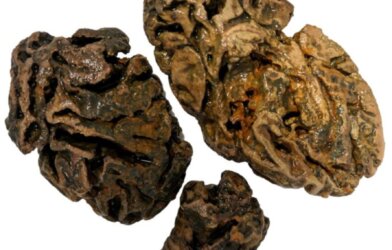Receiving a brain cancer diagnosis is devastating enough, but perhaps even more difficult is learning it’s growing back stronger after treatment or excision. A new study developed by a group of international researchers finds that in response to treatment, brain tumors can alter the surrounding brain environment. This can make it so that neurons and immune cells actually protect the tumors instead of keeping them vulnerable for the body to attack.
Glioma brain cancer diagnosis is rare, and sadly there is no cure. Low-grade tumors offer a better chance of survival than high-grade ones, but they usually progress to high-grade status quickly. Researchers in this area largely agree that understanding the mechanisms behind this are the only way to improve odds of survival.
“Learning from patient tissue is the best way to cure the patient disease. This study, which required a global effort to acquire enough glioma samples to adequately power it, has allowed us to gain unprecedented insight into how these deadly tumors progress, and ways that we might finally be able to stop them,” says Dr. Lucy Stead, an associate professor of brain cancer biology in the University of Leeds’ School of Medicine, and the lead UK academic for the study.
Researchers conducted the study by collecting several samples of tumors over time, carefully examining their transition patterns from low-to-high grade, and before and after treatment. The team also looked at how the cells evolved to see if they can find ways to stop progression using novel drugs. The mutations that make survival chances worse could now be targeted with novel drugs that stop tumors from adapting to treatment and changing brain chemistry.
Notably, the team reports that not all tumors behave the same, aiding efforts for more effective treatment. “This study has made it clear that not every tumor changes in the same way. Knowing this is going to allow us to develop therapies that are better tailored towards each patient’s disease in the future,” says co-first author Dr. Frederick Varn.
The researchers hope their work is the start of making significant progress in the field. The same lines of intervention used now are essentially the same as the ones used three to four decades ago. Over 90% of cases lead to death within five years, with no clear pathway paved for improving this statistic. The team hopes that these findings change global glioma research efforts for the better, including what’s learned from this study.
This study is published in the journal Cell.












